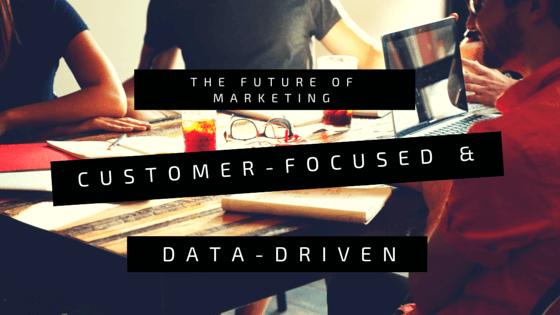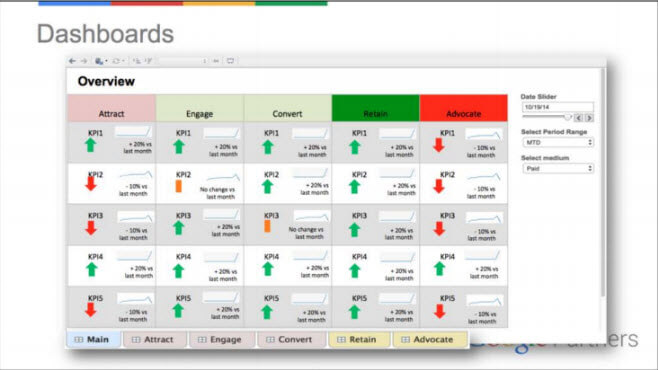Yesterday, in the first post of the series, we covered how Google’s concept of Micro-Moments can give you deeper insight into developing marketing strategies that engage with your customers across a series of contextual small moments. Today, for the second part of the series Google Partners Masterclass 2015 Insights, I’ll share with you great points raised by David Booth on using data to create and provide value to customers.
Speaking A Common Language
Fact: Data is the foundation of Digital Marketing.
This concept was the primary focus of the Google Masterclass. Thanks to data, we have extraordinary insight into what our customers are doing with our online offerings and how they are interacting with our brand. With analytics, every click, every event and every transaction can be measured, attributed, aggregated and optimized. The availability of useful data allows us to create more targeted campaigns and advance towards our goals with spot on accuracy based on specific metrics.
These are all great!
… But when it comes to communicating them to our customers, we might be speaking an entirely different language.

Data, numbers and metrics help us figure out if we are doing our jobs well and how we can improve. Data only tells us what our customers are doing on the site but not why they’re doing it. As I mentioned in the first post of the series, there are many things that go on before a customer experiences a need and many things after it – series of contextual small moments.
Without really understanding what is motivating our customers’ actions or behaviour, our online optimization efforts becomes futile.
The main speaker, David Booth, emphasizes the need to create a common language of how we, as digital marketers talk about data and how our customers understand data. We need to bridge the gap!
According to David, in order to use data and analytics to provide value, we must do 3 things:
- Define the real goals and KPIs
- Track those KPIs and conversions
- Analyze data to create value
There is a point where data and numbers are not enough. Our challenge is to cut above all the data and create digital strategies and campaigns that truly engage and inspire, without dictating what the customers should do.
David recommended sitting down with your customers and having a conversation around what they want to achieve and how you can track and measure them. Below is the Customer lifecycle framework David walked us through showing the metrics we as marketers should be measuring for each stage of the lifecycle.
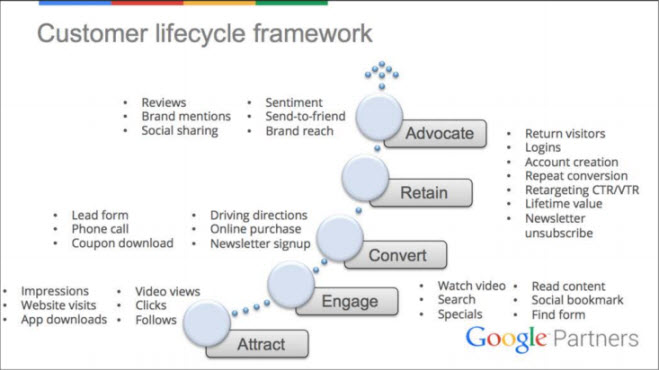
Source: Cardinal Path
By aligning our efforts to the specific stages of the customer’s lifecycle, we are able to understand distinct behaviours, information needs and knowledge consumption preferences.
We are then able to think like a customer and provide the data our customer really needs, not just the data we want to show.
To effectively create value with data, we need to visualize data in a useful way or in a way that makes sense for our customers.
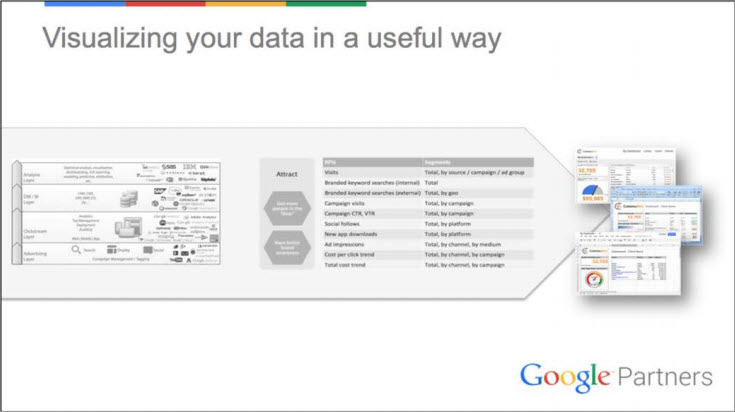
Source: Cardinal Path
Source: Cardinal Path
David shared an interesting data visualization software called Tableau which allows you to quickly generate reporting dashboards that shows data in a digestible format.
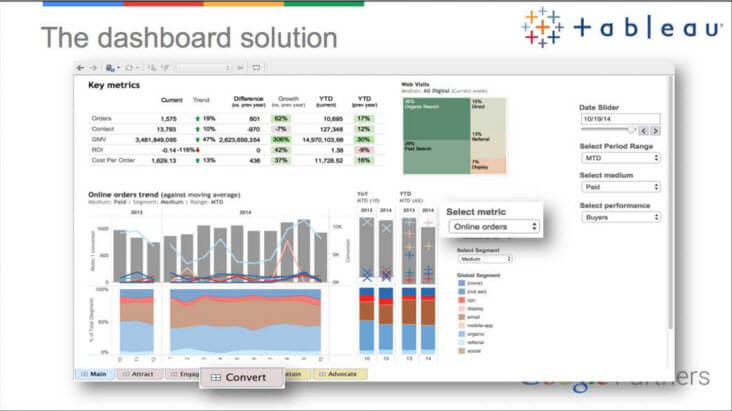
Source: Cardinal Path
This reporting tool along with our own customised reporting dashboards can help us communicate to our customers the value of what we do as digital marketers. Needless to say, data-driven decision making is a powerful way to optimize online performance and drive results.
However, today’s marketing goes beyond the bounds of website data and analytics. It’s the crossroad of what happens between your online marketing channels and the results on the other side that give you the most marketing insight.
So, if we want to exceed (not just meet) customer expectations and provide them with more value then a conscious and deliberate intervention by way of constantly engaging with our customers need a place in the digital transformation of any business.
This two-way marketing approach, focused on customer engagement, is the only way forward.
A Different View
Sometimes as marketers, we get used to “the way things are” in the digital space. We tend to get consumed with all the metrics and data that we fail to understand how these things should be aligned to what the customer really needs. Getting consumed with just the data and current responsibilities stops us from noticing the real needs of our customers and going a step further by aligning our efforts to addressing them.
To effectively deliver results through data and analytics, I have two tips you can do today.
Tip#1: Look at the bigger picture
When we are dealing with a problem or need, sometimes, there are other things that are involved leading up to that. And more often than not, there are other things after it. I can’t stress this enough.
By taking a step back and looking at the bigger picture, you can take the necessary steps to better understand how customers arrive at that problem and be able to address it and make the experience better for them at the moments that matter to them. We must put ourselves in our customer’s shoes and constantly ask ourselves “What would make this easier or better for our customers? What matters most to our customers?”
Looking broader allows you to look at all the data and information in aggregate. This can help you understand trends among your customers and which activities provides the greatest value at different stages of the customer cycle.
Tip#2: Look closer
Contradicting? Not quite…
Focusing on the tiny details, the ones we may not easily see by just looking at raw data. Google encourages us to identify a set of small moments we want to capture and understand customer needs in those moments. From there, deliver on the needs, optimize and make sure the customer moves seamlessly across your channels. And then, measure moments that matter.
Look at the person and not just the pageview.
Up Next…
Now that we’ve understood the importance of getting the best of both worlds – the world of data and the world of the customer, to maximize our marketing efforts and deliver exceptional results, watch out for the next posts for the latest updates on Google Analytics and AdWords that can make your marketing life easier.

